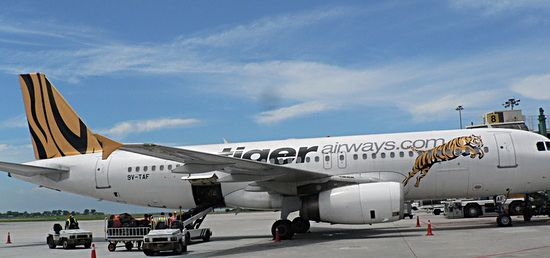|
|
Highlights of 3QFY15 Although TGR reported a core EBIT of S$7.9m, its wholly-owned subsidiary Tigerair Singapore (TR) reported a small operating loss of S$0.9m last quarter, with the difference coming from other income streams. After spending the past five quarters deep in the red, TR’s recovery was driven by a 6%-pt yoy rise in loads (PLF), and a 4-5% yoy rise in yield which is a dramatic improvement from the deep yield declines of the immediately preceding six quarters.
Why did revenue metrics recover so strongly? Yields and PLF improved due to several factors:
(1) the cancellation of poor performing routes in 2014 – Trivandrum (from 22 Sep), Bandung (from 25 Oct) and Phnom Penh (from 11 Nov) – which also caused ASK capacity to drop 5.7% yoy in 3QFY15,
(2) the recovery of outbound Singapore travel to Thailand,
(3) the Scoot-TR collaboration to avoid direct overlap on parallel routes to Hong Kong and Bangkok, and (4) a more experienced revenue management team.
Kitchen-sinked costs help as well The bottomline also improved because the loss from the sale of 40% of Tigerair Australia was already provided for earlier, while the Philippine and Indonesian cubs have been sold/closed down.
Further, the onerous leases on the fleet of 12 excess planes to be subleased to IndiGo over the next 3-4 years were kitchen-sinked in past quarters, without which, TGR would have likely remained in the red. The longer-term challenge for TGR is how to stay relevant competitively, when its lower-cost ASEAN competitors are still expanding fast even as TG has pressed the pause button.
Recent story: TIGER AIRWAYS and Why Investing In Airlines Is A Bad Idea






